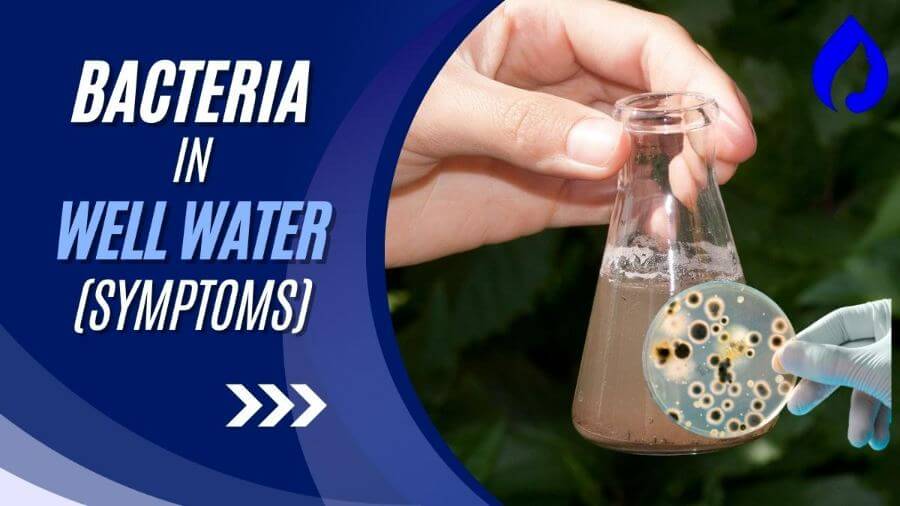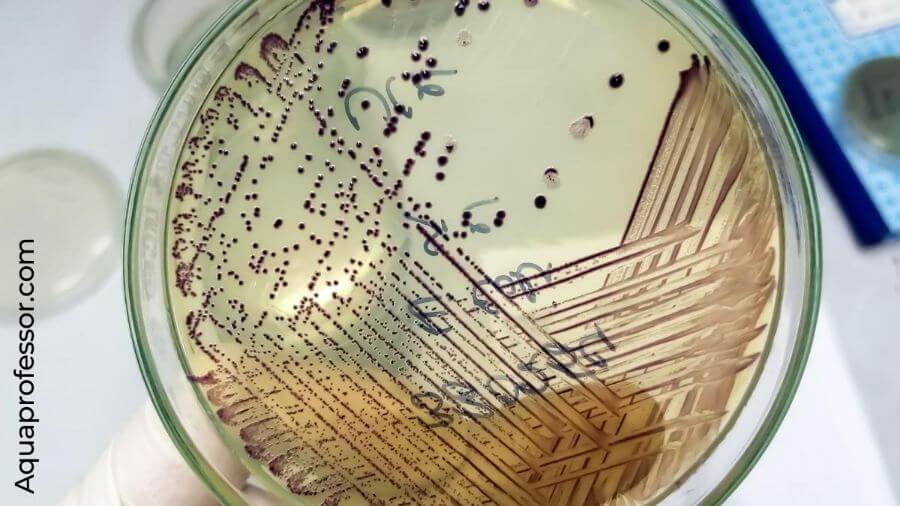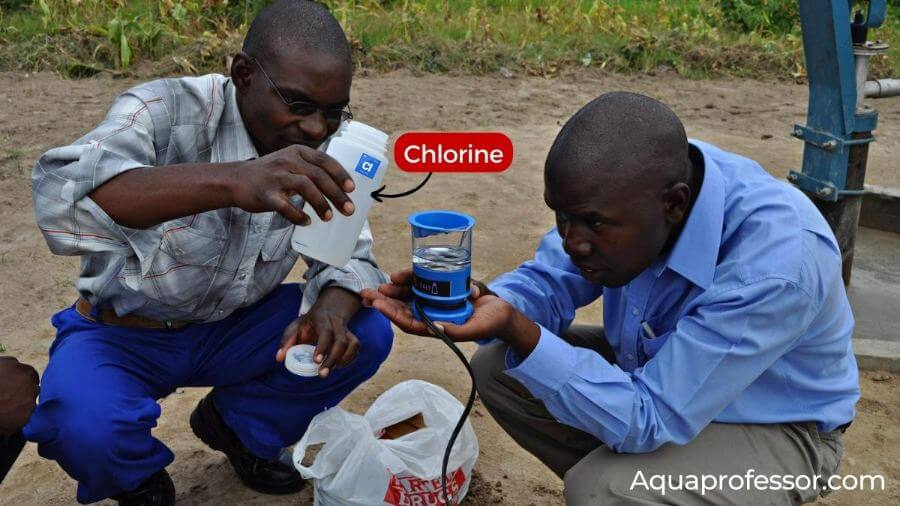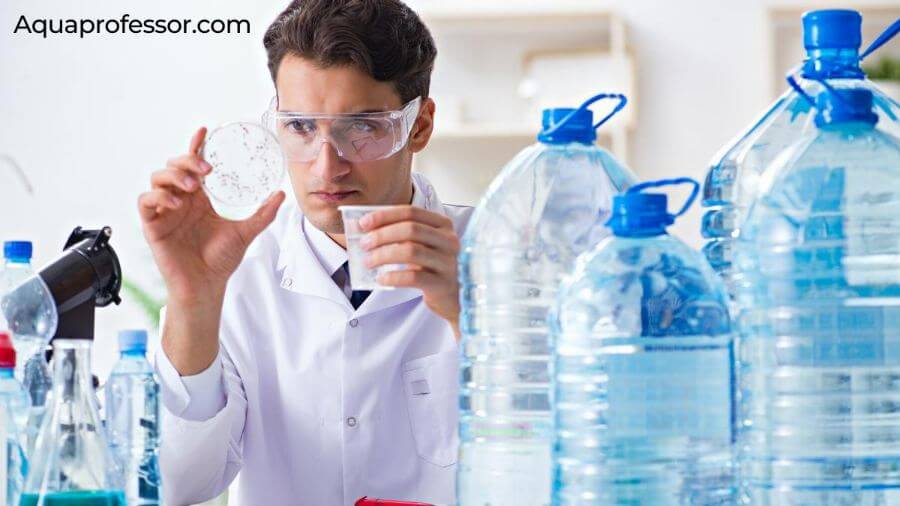
If you rely on well water for your household needs, it’s crucial to know the common types of bacteria like Total Coliform and Fecal Coliform or E.Coli that may contaminate your water source.
These microscopic organisms can pose significant health risks, leading to a range of severe symptoms that may affect your well-being, like:
But fear not – by the end of this article, you’ll be equipped with knowledge about these bacteria, their associated symptoms, and how to prevent them.
🦠6 Coliform Bacteria In Well Water Symptoms To Watch Out For!

Contamination with coliform bacteria, including E.coli strains or Enterococcus, can make tap water a health hazard.
Let’s delve into the six most common symptoms associated with coliform bacteria contamination.
🚽Diarrhea
Diarrhea is one of the most prevalent symptoms of fecal coliform bacteria infection. Frequent, loose, and watery bowel movements characterize it. It may range from mild to severe, possibly becoming bloody in some cases.
🤢Vomiting
Vomiting, coupled with nausea, is another symptom that could indicate the presence of coliform bacteria in your drinking water.
😷Abdominal Cramps

Abdominal cramps are sharp, intense pains in the stomach area that can result from ingesting water contaminated with coliform and E. coli bacteria. These cramps can be quite uncomfortable and distressing.
🤒Fever
A fever is a typical immune response to bacterial infections, including those caused by coliform and E. coli bacteria in your drinking water. A fever often accompanies other symptoms like diarrhea and vomiting, indicating an ongoing battle against infection within the body.
Also Read: How To Tell If Your Well Water Is Making You Sick
🛌Fatigue
Fatigue is another telltale sign. Your energy levels might plummet as your body fights off the infection. Bacterial infections can strain the body, leading to fatigue and weakness.
💊Headaches
Headaches are a common symptom of coliform bacteria infection in well water. It’s in addition to other symptoms like weakness and fever.
Chronic exposure to coliform bacteria in your drinking water can weaken the immune system over time, making individuals more prone to other waterborne diseases and illnesses.
It’s crucial to remember that seniors and infants are particularly vulnerable to these infections due to their weaker immune systems.
However, these symptoms are common in many illnesses, so if you’re experiencing them, it’s best to conduct a coliform E.coli water test from Tapscpore to know the cause.
Also Read: How To Maintain Your Peeing Health
🧪How Do You Treat Well Water With Coliform Bacteria?

If you are a private well owner, and your well water tests positive for coliform bacteria, you must act swiftly to treat water and prevent further contamination. Here’s how:
Shock Chlorination
The first line of defense is shock chlorination, which involves disinfecting the well with a high-strength chlorine solution. This water treatment kills bacteria effectively and is considered safe when done correctly. Here’s how to do it:
After you are done disinfecting your well water by shock chlorination, you can take be extra careful by performing these additional checks:
These measures will be proven helpful as you’ve fixed the source of your bacterial contamination. Along with these preventive measures, you can also opt for the following:
Also Read: Does RO Remove Bacteria?
Additional Considerations

If your private well water is shallow or there’s another surface water source nearby, this could be the source of bacterial contamination in the water supplies.
Consider seeking professional advice to identify and address the well water contaminants issue in such cases.
Remember, safe drinking water is essential for our health. Regularly test your water quality and take immediate action if contamination is detected.
Also Read: 5 Reasons Why You've Dirty Well Water
❓Coliform Bacteria In Well Water: FAQs
Where do bacteria in well water come from?
Bacteria in well water often come from surface water seepage, soil surface or septic systems, or nearby sources of contamination. It seems the water bacteria can enter the well through:
1. Cracks,
2. Faulty seals, or
3. Improper well construction
What are the most common bacteria found in well water?
The most common bacteria in well water are coliform bacteria, particularly Escherichia coli (E. coli). These bacteria are indicators of possible fecal contamination and may suggest the presence of harmful pathogens.
How do you know if your well water has bacteria in it?
You can determine if your private well water has bacteria by having it tested by a certified laboratory for microbial contamination. A typical test is the presence of coliform bacteria, which indicates the possible presence of other harmful bacteria.
How do I know if my well water is making me sick?
You can know if your well water is making you sick if you experience gastrointestinal issues, such as nausea, vomiting, or diarrhea after consuming its drinking water.
Can you shower in water with coliform?
Showering with water containing coliform bacteria is generally safe, as the bacteria are not easily absorbed through the skin. However, avoid swallowing the contaminated water to prevent potential health issues. Infants and children should avoid showering in coliform-infected water so should people with exposed skin. Consider boiling it for other uses.
Sayan understands that access to clean water doesn’t have to be costly.
He strives to provide knowledge of water purification techniques in the simplest way possible so that we can lead a healthy life without breaking our bank.
